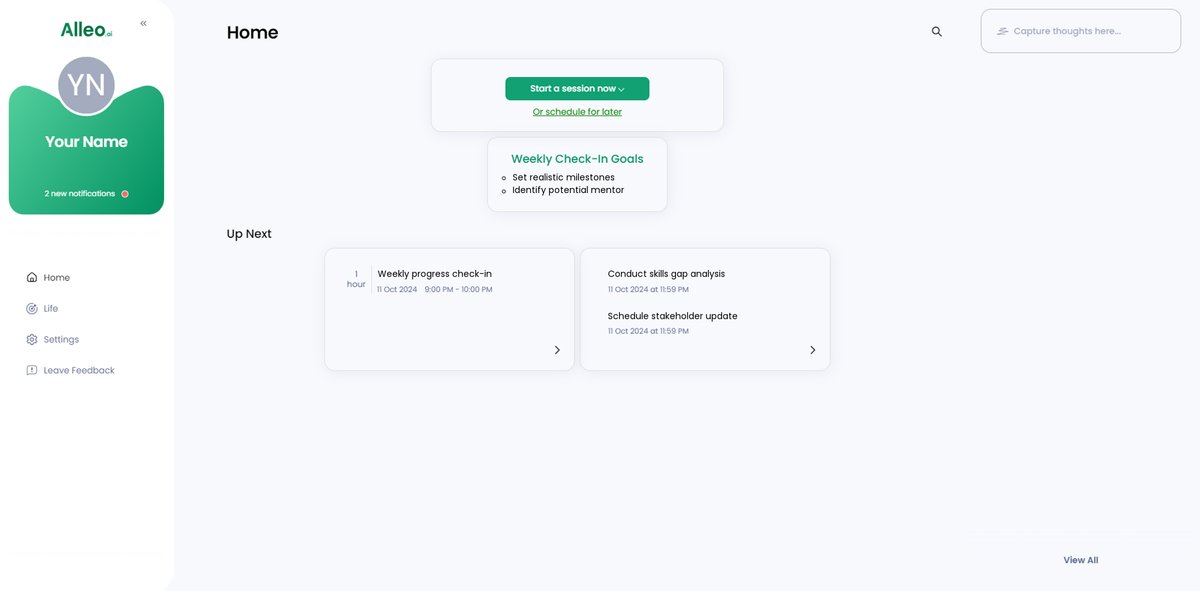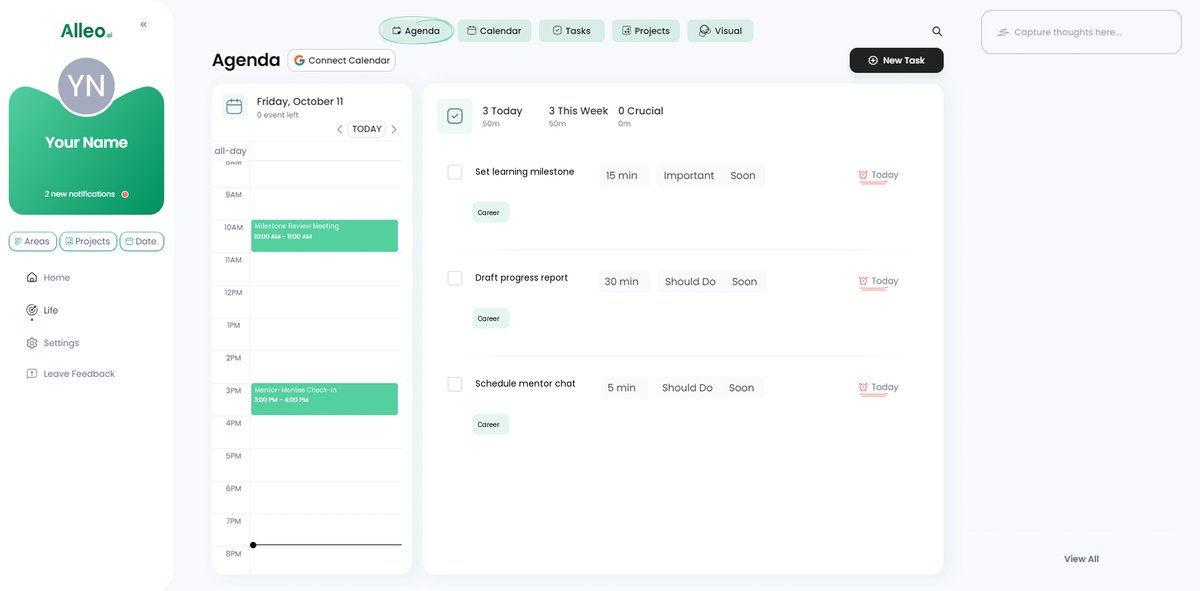Mastering Workplace Learning: 3 Key Strategies for Managing Expectations and Achieving Success
Are you struggling to strike a balance between learning new skills and meeting immediate performance expectations in your new corporate role? Managing workplace learning expectations can be challenging, but it’s crucial for professional development.
As a life coach, I’ve helped many professionals navigate these workplace education challenges. In my experience, setting realistic learning outcomes and employee training expectations is crucial for success.
In this article, you’ll discover proven strategies for managing learner expectations during workplace learning. We’ll explore setting achievable learning targets, communicating progress effectively, and building a supportive mentor-mentee system to balance work and learning.
Let’s dive into these professional development strategies and workplace learning goals.

Understanding the Challenges of Workplace Learning
When professionals transition to new roles, managing workplace learning expectations can be overwhelming. Many clients initially struggle with meeting high expectations while still learning the ropes in employee training.
This can lead to frustration and decreased morale in workplace education challenges.
Unrealistic learning outcomes often result in burnout. Trying to master new skills quickly while juggling existing responsibilities is tough when balancing work and learning.
The stress can affect your overall performance and hinder professional development strategies.
Setting clear and achievable learning targets is crucial for managing learner expectations. Without them, you might feel lost and unproductive in workplace learning goals.
Clear communication in training about your progress is equally important for continuous improvement in corporate training.
In my experience, having a support system can make all the difference in managing workplace learning expectations. A mentor can provide guidance and reassurance during this challenging time of workplace education.

Roadmap to Effective Workplace Learning
Managing workplace learning expectations requires overcoming the challenge of balancing learning with performance. Here are the main areas to focus on to make progress and set realistic learning outcomes:
- Set realistic short-term learning milestones: Break down workplace learning goals into manageable, achievable steps.
- Communicate progress regularly to stakeholders: Keep supervisors and team members updated on your progress in employee training expectations.
- Create a mentor-mentee support system: Find mentors to guide and support you through the transition, aiding in managing learner expectations.
Let’s dive into these professional development strategies!
1: Set realistic short-term learning milestones
It’s essential to set realistic short-term learning milestones when managing workplace learning expectations. This approach helps in balancing work and learning while setting achievable learning targets.
Actionable Steps:
- Conduct a skills gap analysis. Identify key skills and knowledge areas needed for your new role, aligning with workplace learning goals.
- Break down learning goals into manageable milestones. Create a timeline with specific, short-term goals, like mastering a particular software within two weeks, to manage learner expectations effectively.
- Track your progress using tools and resources. Utilize a project management tool or learning platform to monitor milestones and celebrate achievements, fostering continuous improvement in corporate training.
Explanation: Setting realistic short-term learning milestones helps you stay focused and organized. It prevents you from feeling overwhelmed and ensures steady progress, addressing workplace education challenges.
According to the Coursera article on setting realistic goals, breaking down tasks into smaller steps can significantly improve productivity and morale.
Taking these steps will make your learning journey more structured and achievable. Consider these key benefits of setting realistic milestones in managing workplace learning expectations:
- Boosts motivation and confidence
- Provides clear direction and focus
- Allows for easier progress tracking

2: Communicate progress regularly to stakeholders
Regular communication with stakeholders is essential to keep everyone aligned and manage workplace learning expectations effectively.
Actionable Steps:
- Schedule regular check-ins. Set up bi-weekly meetings with supervisors and team members to discuss progress and adjust workplace learning goals as necessary.
- Provide detailed updates. Prepare concise reports or presentations that highlight key accomplishments and areas needing support in employee training expectations.
- Seek feedback and adjust plans. Use the feedback to refine learning strategies and address any emerging workplace education challenges promptly.
Explanation: Regular communication ensures that everyone is on the same page and helps identify issues early when managing learner expectations. This proactive approach builds trust and keeps the learning process transparent, supporting realistic learning outcomes.
According to a Forbes article on workplace communication, consistent updates can significantly enhance team collaboration and productivity in professional development strategies.
This transparency will help you stay accountable and make necessary adjustments to your learning plan, balancing work and learning while managing workplace learning expectations.

3: Create a mentor-mentee support system
Establishing a mentor-mentee support system is crucial for managing workplace learning expectations and navigating new roles effectively.
Actionable Steps:
- Identify and approach potential mentors. Reach out to experienced colleagues or leaders who can provide guidance and support in setting achievable learning targets.
- Develop a mentoring plan. Set clear expectations and objectives for the mentoring relationship with regular meetings to address workplace learning goals.
- Foster open communication. Encourage knowledge sharing and collaboration through team-building activities or peer learning sessions to balance work and learning.
Explanation: Creating a strong mentor-mentee support system helps you gain valuable insights and guidance from experienced professionals. This support network can significantly enhance your learning experience and ensure successful role transitions while managing learner expectations.
According to Harvard Business Review, effective mentoring can boost career development and job satisfaction.
A robust support system can make your transition smoother and more successful. Here are some key elements of an effective mentor-mentee relationship for managing workplace learning expectations:
- Mutual respect and trust
- Clear goals and realistic learning outcomes
- Regular, open communication in training

Partner with Alleo for Effective Workplace Learning
We’ve explored the challenges of managing workplace learning expectations and balancing learning and performance in new roles. But did you know you can work with Alleo to make this journey easier and faster?
Alleo is an AI life coach designed to help professionals like you succeed in workplace education challenges. Setting up an account is simple and quick.
Create a personalized plan tailored to your specific workplace learning goals and employee training expectations.
Alleo’s coach will guide you through setting realistic learning outcomes and tracking your progress. You’ll receive regular follow-ups via text and push notifications.
This keeps you accountable and ensures you stay on track with your professional development strategies.
Alleo also helps facilitate effective communication in training with stakeholders, providing tools for scheduling updates and feedback sessions. Plus, you’ll gain access to a network of potential mentors within your organization.
Alleo offers affordable, tailored coaching support that rivals human coaches in managing learner expectations. You can even start with a free 14-day trial, no credit card required.
Ready to get started for free and begin setting achievable learning targets?
Let me show you how to balance work and learning!
Step 1: Log In or Create Your Account
To begin your journey with Alleo’s AI coaching, log in to your existing account or create a new one in just a few clicks, setting the foundation for personalized guidance in balancing your learning and performance goals.

Step 2: Choose Your Learning Focus
Select “Setting and achieving personal or professional goals” to align your learning journey with the workplace challenges discussed in the article, helping you balance skill development with performance expectations.

Step 3: Selecting the life area you want to focus on
Choose “Career” as your focus area in Alleo to receive tailored guidance on balancing workplace learning with performance expectations, helping you set realistic milestones and communicate progress effectively in your new role.

Step 4: Starting a coaching session
Begin your journey with Alleo by scheduling an initial intake session, where you’ll discuss your goals and create a personalized plan to balance learning and performance in your new role.

Step 5: Viewing and managing goals after the session
After your coaching session, open the Alleo app to find your discussed goals conveniently displayed on the home page, allowing you to easily track and manage your progress towards balancing learning and performance in your new role.

Step 6: Adding events to your calendar or app
Easily add milestones, check-ins, and mentoring sessions to your calendar or app to track your progress in solving workplace learning challenges, ensuring you stay on top of your goals and commitments.

Bringing It All Together: Your Path to Success
Navigating new roles and managing workplace learning expectations is challenging, but you’re not alone. By setting realistic learning outcomes, regularly communicating progress, and building a support system, you can manage expectations effectively in employee training.
Remember, small, achievable steps lead to big successes in workplace learning goals. Consistent updates and feedback keep you aligned with your professional development strategies.
A mentor can make all the difference in managing learner expectations, providing guidance and support for effective communication in training.
Don’t forget, Alleo is here to help you every step of the way in balancing work and learning. With personalized plans and easy tracking, your journey to setting achievable learning targets becomes smoother.
Take the first step today in addressing workplace education challenges. Try Alleo for free and start achieving your continuous improvement in corporate training goals with confidence.